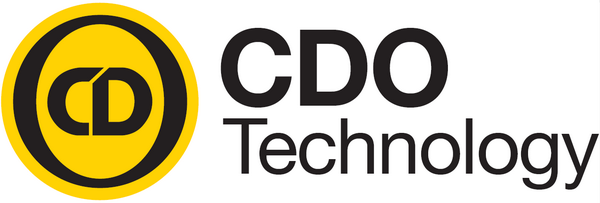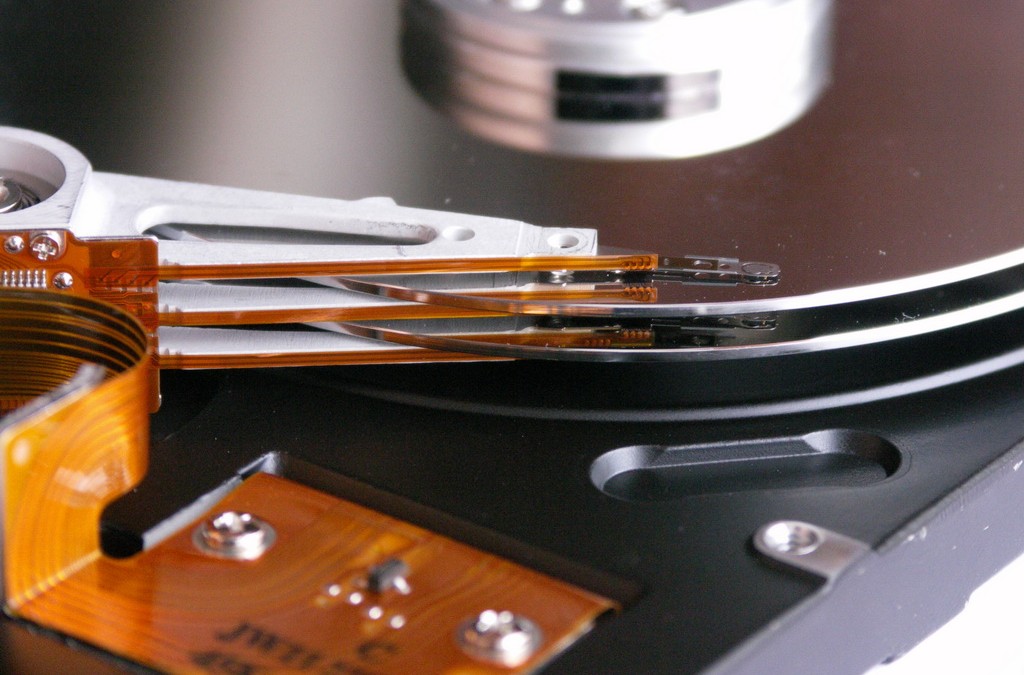
by CDO Technolgy | Apr 2, 2015 | CDO Technology News, Hard Drive
CHOOSING BETWEEN HARD DRIVES AND SSDs
Today’s workstations come with more options than ever before. Once you’ve determined the specifications that you need for your business, there is one more decision you must make: should you get an SSD drive or a SATA/HDD drive? In this post, we’ll explain and explore both so you can make an informed decision.
SATA/HDD
Technically, SATA (Serial Advanced Technology Attachment) isn’t a drive but the interface between the HDD (Hard Drive Disk) and the computer’s motherboard. Most people use the two terms interchangeably, however, as they work together.
The HDD has been around for close to 60 years and has been the standard for personal computing and workstations. This type of drive has a spinning platter where data is stored through magnetism. The faster it spins, the faster the drive performs.
The biggest advantage to a SATA drive is that you can store enormous amounts of data very inexpensively. As technology advances, the amount of storage available continues to grow. One usually sees drives that hold a terabyte or more. The maximum amount of SATA storage for a workstation is currently about 8 terabytes. An advantage is that it cost about 80% percent less per gigabyte than the cost of a SSD drive.
SSD
Rather than using magnetism to write data to a physical disk, the SSD (Solid State Drive) stores data in microchips so there are no moving parts involved. Instead, it uses what is known as flash memory and a controller (the brain of the SSD). While the very first SSD drive was produced in 1976, it wasn’t small enough to achieve common use until this century so effectively the SSD has been in use for only about 15 years.
The biggest advantage with an SSD drive is the added speed and performance. Boot up time for a workstation will be much faster over a SATA drive. Programs will open virtually instantly and data is written at much greater speeds than conventional SATA drives. A disadvantage for the SSD is that it cost, on average, about 5 – 6 times as much per gigabyte as compared to a SATA drive.
At this point in time, form factor is not an issue but as technology advances, the SSD could have a distinct advantage. Currently, both types of drives are contained in standard size housings from 1.8” to 3.5” but that is only so manufacturers don’t have to make multiple cases and connectors – both types of drive could go in the same case. However, HDD can’t get much, if any, smaller than they are now but there is no such limitation on the SSD. If we are to truly see powerful computers in smaller sizes than now, it will be by using SSD technology.
Pros and Cons Comparison Beyond Price and Capacity
SSD drives use half or even a third of the power that a SATA drive does: 2-3 watts versus 6-7 watts. With multiple workstations in an office, that can make a definite difference in the electric bill. In a laptop, the battery charge will last 2-3 times longer with an SSD drive over a SATA.
When a workstation must perform as fast as possible, users will see a noticeable difference between the two drives. Boot time for an SSD drive is as little as 10 seconds while a SATA boot time could take at least 30 seconds and more. File open speeds are up to one-third faster with even the lowest end SSD drive.
Performance speed is also greatly enhanced with an SSD drive. Almost all SSD drives will write files at over 200 MB per second and some advanced drives can perform at over 500 MB per second. The range for a SATA drive can be as little as 50 MB per second and maxes out about 120 MB per second. When running some software, the SSD drive can make a huge difference in speed and output, particularly when using applications such as video editing software or graphic files.
Current generation SSD controllers have evolving technologies like compression, de-duplication and high-level encryption protocols. They protect the security of stored data, and provide up to 100x more data protection than leading enterprise hard disk drives. Since many SSDs are encrypted by default, it can act as an obstacle to data recovery if the need arises. This results in a much more difficult and expensive data recovery process for SSD drives than for SATA drives.
Noise level and vibrations are very different between the two drives. SATA drives will always make more noise and vibrate more because of the spinning platter. They will make clicks and whirring noises because of the moving parts and these noises tend to grow over time. If multiple workstations are present, the noise level can be rather annoying. Since there are no moving parts in an SSD drive, there is no vibration or noise, making for a much quieter workspace.
With a traditional SATA drive, users must put time into regular maintenance for defragmenting the drive. As a computer is used, files get modified or deleted. Since the data is physically recorded on the disk, the free space is constantly changing. As the drives fills up, files become scattered and free space also becomes scattered around the disk. This fragmentation causes the system to slow down and can cause memory issues. This is not an issue with SSD drives.
SSD drives are more durable than SATA, mainly due to not having any moving parts. A SSD drive is also unaffected by magnetism so that gives your data a bit of added security.
Shopping for SSDs
When it comes to purchasing an SSD, there are a variety of factors to consider. Just as anything else, there is quite a range in price and features, but here are the main things to look at.
- Speed – Both high maximum speed and high real-world speed should be compared. The manufacturer will tell state the maximum speed that the SSD will achieve while reading or writing data. Just keep in mind that real-world speeds will almost always be lower. You can find average real-world speeds by reading reviews on reputable websites that do testing on the products they review.
- SATA – The best SSDs today will have SATA III support which is the latest and best version of the SATA interface. SSDs are backwards-compatible but they will not perform at the optimum level without being compatible with SATA III.
- Error Correcting Code – ECC (error-correcting code) enables a higher level of reliability from your SSD, as well as keeping costs down by using the MLC flash memory. ECC allows your SSD to find and fix many common types of data corruption.
- Company Track Record – Do your due diligence in investigating the manufacturer of any SSD you’re considering, as well as on the specific drive. With a relatively new technology, it is almost always safer to go with a company that has been working with SSD long-term. Check review sites, particularly those that offer user ratings, to make sure that you get an SSD with a high rating.
Best of Both Worlds
For companies that need both high performance and high storage, there are three workarounds to the storage limitations of an SSD: dual drives, external SATA drive, or cloud storage. For extreme storage, or even just as backup, a combination of two options is certainly feasible.
Dual-drive workstations have a smaller SSD drive that holds the operating system and programs along with a SATA drive that stores the resulting files. Naturally, two drives necessitate a larger form than a single drive, but in a stationary workstation this shouldn’t matter too much.
External drives can be purchased very inexpensively these days and are easily used for increased storage capacity. One thing that is nice about external drives is that they can be detached and stored during off-work hours for added security. To use this option is easy – simply work on the computer as normal but when it’s time to save the work, save it to the external drive rather than the internal one.
Cloud storage is just about infinite so can also be an excellent option. Of course, cloud storage of any size will come with a price but for many, it’s well worth it and is quite inexpensive.
Many companies find that using both an external drive and cloud storage gives them an additional layer of protection for their files. This way, they have two back-ups for all files, with one being on-site and one off.
Conclusion
At the end of the day, the decision must be made according to a company’s unique needs and budget. Storage size limitations are really a moot point these days, thanks to cloud storage. For those companies where speed in booting up and overall performance is critical, then it is worth spending more. Remember to backup your data so that if whichever drive you choose fails, your critical data will be safe and sound.
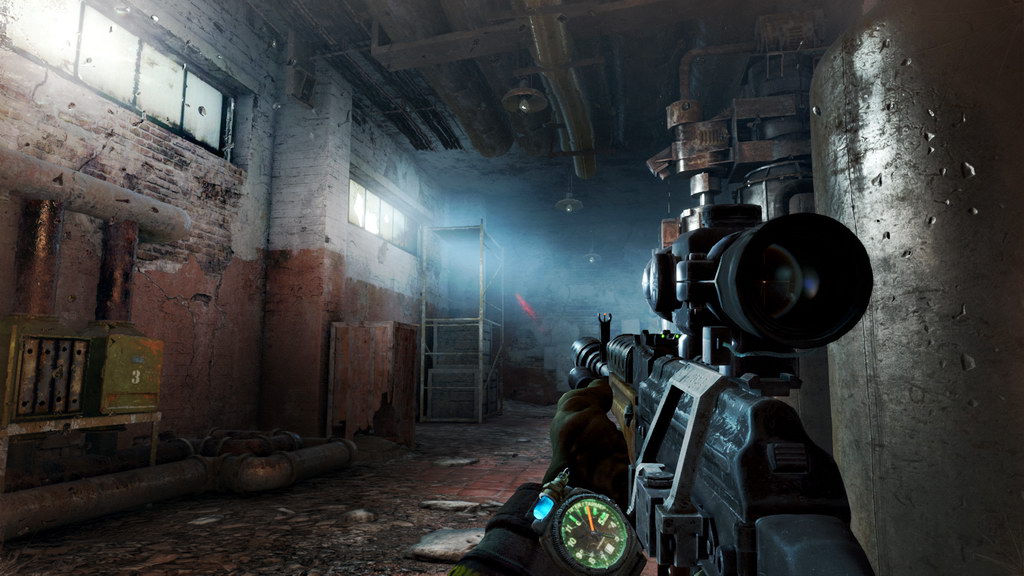
by CDO Technolgy | Mar 12, 2015 | CDO Technology News, Gaming System
Game Enthusiasts understand that no other platform can match the quality and intensity of the game-play that you can get from a correctly configured Gaming Desktop. These Game Enthusiast Desktops are very specialized high-performance systems where choosing the right components really does matter. If you want to play the most current, intensive, and demanding games you will need to be sure you pick the correct processor, quantity of RAM, hard drive, and of course, GPU (graphics processing unit).
Today’s Gaming Desktop market has many choices. Such as: standard, overclocked and liquid-cooled CPUs, mid to high end graphic cards, multi-graphic card(s) choices for Crossfire and SLI, many different options for RAM, and mechanical HDDs & SSD drive choices. The following is some of the information you will need to correctly customize a good Gaming Desktop.
Processor (CPU)
A solid starting point good Gaming Desktop is quad-core processor. Manipulating and creating 3D objects for the complex games of today requires high frequency CPUs. Systems that have safely overclocked processors can provide up to 25% more CPU frequency for games than standard CPUs. Liquid cooling systems can help to keep the CPU cool when the processor is stressed.
GPU / Graphics/Video Card
The GPU (graphics processing unit) is the processor on the graphics card. It creates the image you see on your LCD monitor. You want the GPU to be able to squeeze the highest number of frames per second out of your gaming system. Playing the most demanding games with the graphics set to the highest resolution and a high frame-rate, will require a high-performance graphics card. If you are running a single 1920 x 1080 monitor, buy the best single graphics card you can afford.
Large & High Resolution Display Screens (Monitor)
A high resolution display requires a lot of GPU memory and that is only available on top end cards. When running high monitor resolutions and 4K displays, multi-graphics cards are a good idea. While adding a second graphics card won’t double the performance; you will typically see a 25-50% increase. Multi-graphic card setups tend to consume a lot of power and can generate a lot of noise, but for those that want the biggest, badest gaming PC on the block, it will be well worth it.
RAM / System Memory
Having enough RAM is always important. It is better to have more memory than not enough. Sometimes it is difficult to determine how much is adequate. More RAM will allow you to do more multitasking without getting bogged down. We recommend at least 8GB of RAM as a minimum to start with and much more for demanding games. A good rule of thumb is having as least a 25% buffer of RAM usage while running very intensive games.
Hard Drives (HDD vs SSD)
The types of hard drive that are most commonly used are the disk based SATA HDD (hard disk drive) and the chip based SSD (solid state drive). By using SSDs you will have increased data read times and decreased seek times versus SATA HDD drives. Sustained read times can also be more than four to five times higher with an SSD as well, seek times are also much faster. Consequently you will see that SSDs, being faster, are rated in nanoseconds instead of milliseconds like SATA drives. Using SSD’s can cause system performance to increase dramatically. For good balance that utilizes the strengths of both technologies we recommended using at least a 250GB SSD is for the O/S and program installation and also 1TB to 3TB SATA mechanical drive for data storage. For extreme performance you should consider using a striped RAID; check out our RAID article for more information.
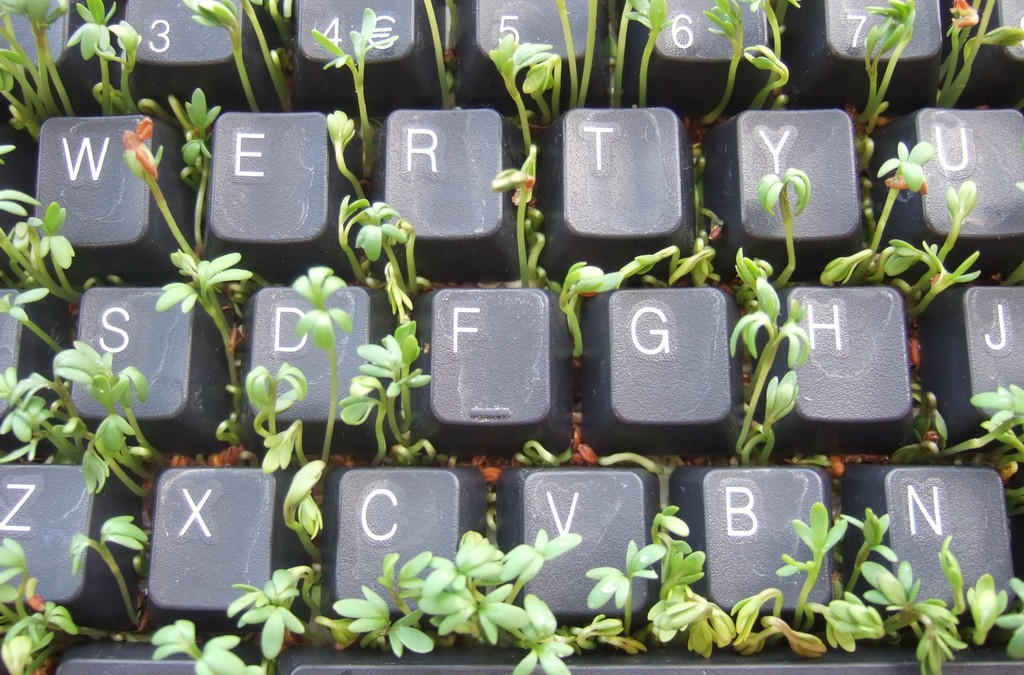
by CDO Technolgy | Nov 21, 2014 | CDO Technology News, Input Devices, Maintenance
One of the most common computer peripheral that requires thorough cleaning is the keyboard. Keyboards tend to require cleaning quite often due to the propensity of people to eat and drink while they type a document, play a game, or watch a movie. Regular collection of dust is compounded by the accumulation of crumbs and small fragments of all kinds of snacks. In most cases, spilling a drink on a keyboard is more disastrous than crumbs. Because keyboards have many crevices and the key-bed itself is difficult to reach, it is tough to properly clean.
The first step is to determine the best tools needed for cleaning a keyboard. This is vital to avoid physical damage to the keys and the board itself. Isopropyl alcohol is a good cleaning solution to use. Alcohol is typically good for disinfecting and cleaning many things, but more powerful kinds of alcohol should be avoided because they can remove the letter markings on the keys. Therefore, it is important to be sure Isopropyl alcohol is used. There are some electronic cleaning solutions that can also be used. These are typically found in electronics or office supply stores. Another good important item is canned air. A small, hand-held vacuum cleaner can be helpful but not necessary. It is noteworthy to emphasize a small vacuum because small hand held kinds usually have a more gentle suction. It is inadvisable to use a regular vacuum cleaner attachment. The final items needed are Q-tips, a lint-free cloth, and a thin knife or screwdriver. The lint free cloth can be any kind rag or wipe that does not shed lint. Paper towel can be used, but it is not ideal. A final item which can be helpful is a small brush with soft bristles like a small paintbrush.
The first step to cleaning a keyboard is focused on the keys themselves. Always be sure to unplug the keyboard first if it is wired. Holding the keyboard upright on its side, use canned air to blow the entire surface and between the keys to clear loose lint and crumbs. Be sure to keep the can of air upright at all times. Next take the lint-free rag or cloth and dampen it with the alcohol or cleaning solution. Avoid soaking the cloth and never pour or spray the cleaner onto the keyboard. Firmly but gently wipe off the surface of the keys. To clean the sides of the keys, use a Q-tip or the small brush dipped in alcohol and run it around each key. The brush can also be used in dusting of the keys.
The most difficult step in the cleaning process is key removal. Prior to key removal, take a picture of the keyboard or draw a layout of the keyboard. This is important for putting keys back on correctly. To remove the keys from a regular desktop keyboard, insert the thin knife or screwdriver under the corner of a key and very gently pop it up. This must be done with great care because the keys could break if too much force is used. If a key does not pop off willingly then reposition the tool, but do not force the key off. It is recommended not to do this when cleaning a laptop keyboard. The plastic clips attaching laptop keys to the board can break very easily, and it is difficult to reattach the keys. It is recommended to remove only letter and number keys and the F1 through F12 keys; larger keys like the SPACE bar and SHIFT keys are difficult to reattach. If the removed keys are still dirty, they can be washed separately with dish soap and must be air dried.
Once the keys are removed it is time to clean the key-bed. Use the canned air or the small vacuum to clear out the key bed of remaining debris and crumbs. Again use the lint-free cloth and alcohol to wipe out the key bed. Make sure the cloth is damp not soaked and dripping. The key bed can be wiped as much as is needed to remove what the vacuum and canned air failed to remove. Afterward, it is acceptable to dry it a bit with a dry cloth, but it should be allowed to fully air dry. Do not reattach the keys until both the keys and the key-bed are completely dry. Reattaching the keys is fairly easy as long as the sketch or picture of the keyboard layout is referred to. To reattach the keys place them on the correct contact point and press them firmly. They should snap on easily.
Although it may appear complicated, cleaning a keyboard is not as difficult as it seems. Of course, all cleaning should be done with care and regularly no matter how easy. Doing a full cleaning of a keyboard periodically is important. Preventing build up of debris keeps the typing and/or gaming experience fast and enjoyable.
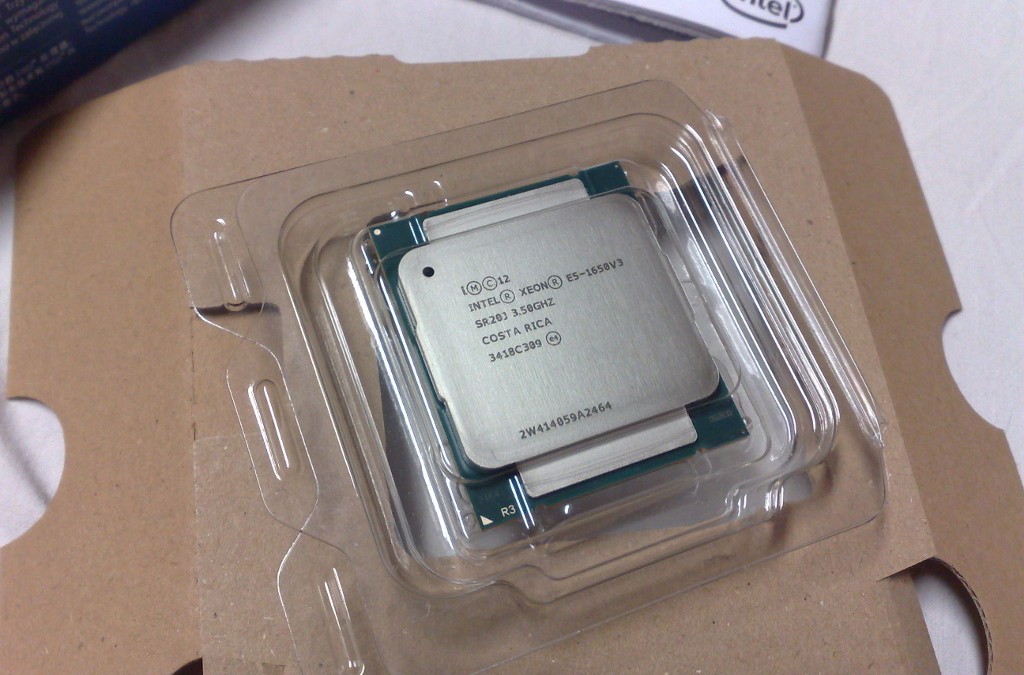
by CDO Technolgy | Sep 8, 2014 | CDO Technology News, CPU, Intel
The one constant in the world of technology and computers is change. No matter how innovative a product is, there always comes a time for updates. So naturally, when Intel initially announced its plans to update its i7 and Xeon CPUs, the news was met with interest. Now that both CPUs are finally out, the market finally gets to give a verdict.
What specifically has changed? Is the buzz around the new CPUs a bunch of hype and nothing more?
If you want to know more about Intel’s latest iteration of its i7 and Xeon line, then you’ve come to the right place.
The Basics
i7
As has been touched upon, the big pull for Intel’s i7 is its long and storied reputation as an unbelievably fast consumer model. Heralded for its developments in memory access and the ease with which it accommodates graphics cards, the i7 has been enthralling enthusiasts and professionals for years.
Xeon
The Xeon is a larger core that’s designed with IT professionals and businesses in mind. Noted for its high-end performance, steady innovation, and unique designs, this workstation CPU has addressed many a company’s tech-related concerns.
Notable Changes
Xeon
Released in connection with Haswell-EP rather than Ivy Bridge, the latest Xeon CPUs are actually a family of three chips with 8, 12, and 18 cores respectively. The new releases transmit more information, greater efficiency via its volt management, and overall speed compared to its predecessors.
i7
Also released via Haswell-EP, the newest version of the i7 is actually Intel’s first 8-core offering to the consumer market for those who opt for the higher-end version. Additional changes include the use of a new chipset, a whole new CPU socket, and DDR4 memory.
For Better or For Worse?
Of course, history is riddled with new releases that turned out to be substantially worse than their predecessors. Do the Xeon and i7 fall under this category? Here’s a closer look at some of the biggest key changes.
DDR4 Memory
In the i7, the DDR4 replaced the DDR3 of the previous editions. For pc users, DDR3 memory currently takes up massive amounts of space and power on a PC. DDR4 is a recent development but it’s already proven itself as a more efficient way to handle memory.
8-Core and 18-Core
Although the addition of extra cores increases power, that power comes at a price. In this case, the cost is a reduced turbo frequency. While the i7 and the Xeon are still lightning fast even with the extra cores, reviewers have noticed a sight trade-off.
LGA 2011
The ability to upgrade is a crucial factor in determining the shelf life of technology. Intel’s decision to make both the i7 and the Xeon compatible with LGA 2011 (aka Socket R) bodes well for those who may wish to combine CPUs in the future.
These days, companies and consumers want more flexibility, more power, and better performance from their computers. Through the recent release of the I7 and Xeon CPUs, Intel has shown that it’s up to the challenge. With the integration of new technology and a new socket, the company is also clearly planning for the future.

